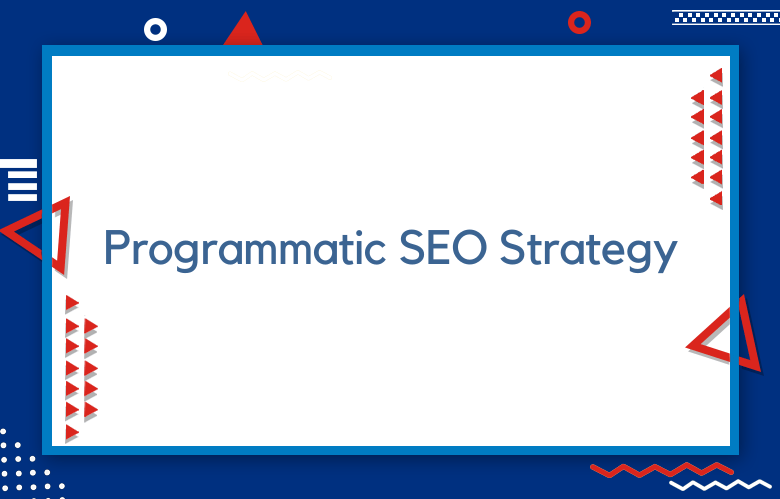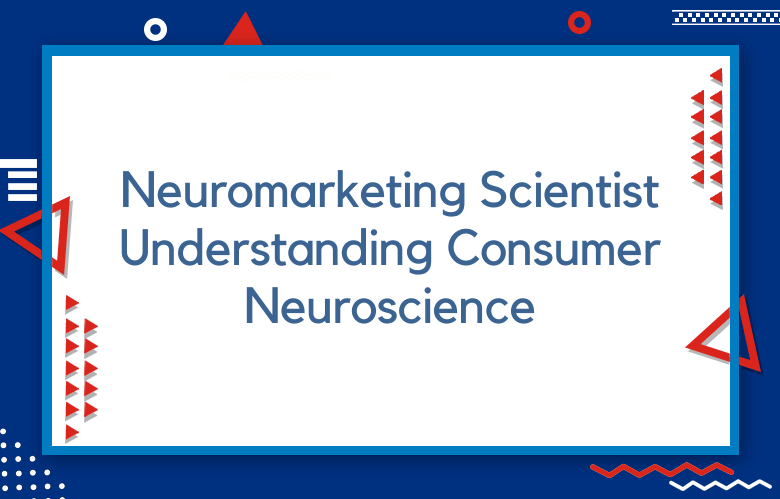How to Implement Programmatic SEO Strategy

Staying ahead of the competition is essential in the ever-changing digital marketing landscape. One method to do this is by implementing a programmatic SEO strategy. This strategy leverages automated software and algorithms to identify, analyze, and optimize website content for search engine optimization. Here’s what you should know about programmatic SEO strategies and how to get started.
What is Programmatic SEO?
Programmatic SEO optimizes your website content for search engine visibility using automated methods. It uses algorithms and software technology to identify keywords and other information related to your target audience, allowing you to create content that ranks higher in search engines. You can save time by leveraging these automated methods while ensuring your website content is optimized for maximum visibility and reach.
How to Implement Programmatic SEO Strategy
When implementing a programmatic SEO strategy, several vital steps should take:
Research Your Audience
First, research your target audience and what they are searching for online. It will help you identify relevant keywords that you should use throughout your website content to rank high on search engine results pages (SERP).
Optimize Website Content
Once you have identified relevant keywords, begin optimizing your content with those words in mind. Use the keywords in titles, headings, meta descriptions, image tags, etc., so that search engines can accurately index your pages.
Make sure that all of your content is well-written and engaging so that people will want to read it once they find it online!
Monitor Performance
The last step is monitoring the performance of your programmatic SEO efforts over time. Use tools like Google Analytics and other tracking metrics to measure keyword rankings and overall organic traffic growth on your site over time. It will allow you to adjust course if necessary and make changes or tweaks to achieve better results from your programmatic SEO efforts.
Start With Your Goals
Before implementing any programmatic SEO, you must have clear goals in mind. These goals should be specific and measurable and reflect what you want to accomplish with your programmatic SEO efforts. Once you’ve identified what you want to achieve, you can begin mapping out how to reach those goals through a programmatic approach.
Identify the Right Tools for Your Strategy
The right tools are essential when it comes to effective programmatic SEO. Many different software and services can help automate certain aspects of your strategy, such as keyword research, content creation, link building, and more. You must research and find the right set of tools for your needs.
Make sure that these tools integrate well with each other so that you save time and money trying to make them work together.
Test & Monitor Constantly
Once you’ve implemented your programmatic SEO strategy, you must constantly test and monitor its progress to ensure its success. It means keeping an eye on metrics like keyword rankings, organic traffic, conversions, etc., and trying new strategies or tactics when needed.
Don’t forget to look at competitor data to gain insights into what works for them and what isn’t—this can help inform your strategy over time.
Research & Analysis
The first step in any programmatic SEO strategy is research and analysis. You’ll need to research your target audience, industry trends, competitor strategies, and keyword opportunities to determine how best to optimize your website for success. This process should include both qualitative and quantitative analyses of the available data so that you can make informed decisions about which strategies and tactics will be most effective for your business.
Content Creation & Optimization
Once you have researched, it’s time to start creating content for your website. Content creation is vital when optimizing organic search traffic and improving visibility in SERPs (search engine result pages). You’ll want to create optimized content with relevant keywords and other elements, such as internal links, meta descriptions, alt tags, etc., to ensure that your content stands out from the competition.
You’ll want to make sure all of your content is original and high quality so that it appeals not only to search engine algorithms but also resonates with human readers.
Data-Driven Insights & Automation
The next step in creating a successful programmatic SEO strategy is taking advantage of data-driven insights and automation tools. By gathering data from various sources such as Google Analytics or SEMrush, you can gain valuable insights into how users are interacting with the website so that you can adjust your strategy accordingly.
Automating specific processes like link building or social media management can save time while still delivering quality results.
Conduct Keyword Research
The first step in implementing a programmatic SEO strategy is conducting keyword research. Using an automated tool, marketers can quickly identify the most frequently used keywords when searching for their products or services. It helps ensure that the content on their site is optimized for those keywords, which increases their chances of appearing higher in search engine results pages (SERPs).
By utilizing programmatic tools, marketers can save time by quickly testing out different keyword combinations without manually adjusting each page on their site.
Analyze Competitors and Benchmark Performance
Another critical step in implementing a programmatic SEO strategy is analyzing competitors and benchmarking performance. By using an automated tool, marketers can easily track how the competitors are performing about specific keywords and what methods they use to rank higher in SERPs. It allows them to develop more effective strategies for improving their rankings without spending time researching what other websites are doing.
This information can use to set realistic goals for improving performance over time.
Create and Optimize Content
Once you have determined which keywords to target, it’s time to create optimized content for those terms. Utilizing programmatic tools makes this process much faster than done manually since they allow you to generate content optimized for specific keywords quickly.
These tools also make it easy to update existing content or create new content with minimal effort so you can keep up with changing trends in SERP rankings.
Conclusion
Programmatic SEO strategies are essential for staying competitive in today’s digital landscape.
By leveraging automated algorithms and software technology, businesses can quickly identify relevant keywords that will help them rank higher on SERPs while ensuring their website content remains fresh and engaging for their target audience over time.
By following the three steps outlined above—researching audiences, optimizing website content, and monitoring performance—businesses can implement a successful programmatic SEO strategy to help them stay ahead of the competition!
A programmatic SEO strategy is essential to the success of any SEO effort. It’s imperative to keep up with technological advances and AI tools that can help optimize your SEO strategy.
Fortunately, some experts specialize in Programmatic SEO Strategy Consulting and can provide you with the knowledge, guidance, and direction needed to stay ahead of your competitors. With their help, you can swiftly remain ahead of algorithm changes and quickly adapt to search engine ranking factor shifts.
The cost of such consulting may be high, but the ROI will more than makeup for it if done right.
So if you want to take your website rankings to the next level, hire a specialized Programmatic SEO Strategist and implement a comprehensive programmatic optimization plan today!



